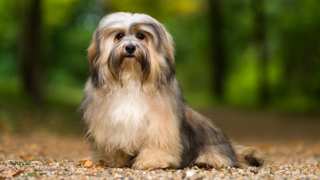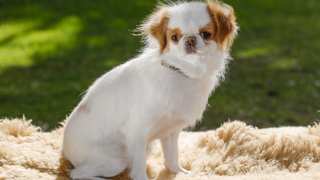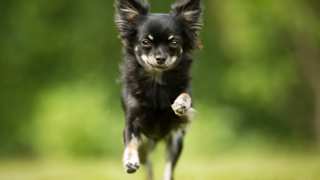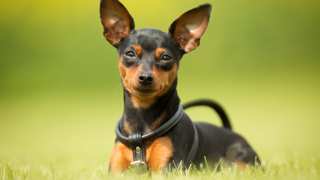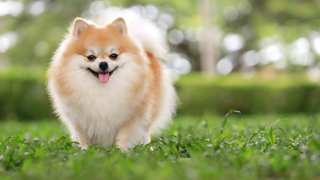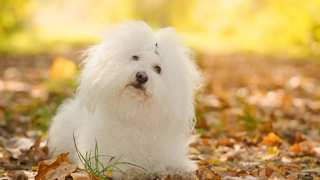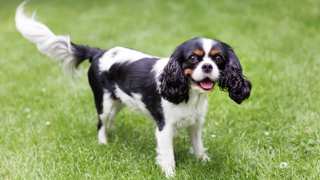Like all dog breeds, the Papillon diet is vital to the dog's health and well-being. As a toy-sized breed, Paps have higher metabolisms than larger dogs; this means that high-quality food is definitely best for your Pap. Yes, it's more expensive, but a Papillon will typically eat less of it per meal since it doesn't have the empty-calorie "filler" ingredients that cheap dog food does--and besides, these little dogs have tiny stomachs in the first place, so buying better Papillon dog food won't crunch your budget.
In regards to food type: opinions are mixed over whether dry, wet/canned, or fresh/home-cooked food is best for a Papillon. The most popular choice, though, seems to be premium dry dog food, particularly a brand that's formulated for toy or small-breed dogs, as this type has plenty of nutrients per ounce and is a good match for a Papillon's high metabolic rate. And these little dogs can't eat much food at once: adult Papillons need about half a cup (roughly 400 calories) of food per day, divided into two meals. Growing puppies only need a little less: about two-fifths of a cup (300 calories) per day, divided into three meals. See this feeding chart for more details:
Dog AgeDog WeightFood TypeAmountFrequency2 Months2 lbsDry1 oz3x/day3 Months3 lbsDry1.25 oz3x/day6 Months4 lbsDry1.5 oz3x/day9 Months6 lbsDry0.25 cups2x/day12 Months+7 lbsDry0.25 cups2x/dayBe warned, though: a Papillon can easily become obese if over-fed. Obesity in this breed can lead to breathing and digestive problems, not to mention a shortened lifespan; Paps are also known for having delicate knee joints, an issue that'll be worsened if the dog carries extra weight. And it's often through irresponsible diet choices, rather than the Pap simply overeating, that's the cause of a fat Papillon waddling around. Owners are urged to put food in the dog's bowl only at mealtimes instead of leaving food out all the time. When it comes to treats or snacks, owners are encouraged to give Paps healthy snacks (like baby carrots, for example) instead of commercial treats, which are super-high in calories; begin with the healthy snacks when the Pap is a puppy so it can learn to expect it.
If you're worried that your little Pap is overweight, simply give the dog the Ribs Test: run a hand along its side, and if you can't easily feel any ribs, it's diet time. Decrease your Pap's daily food intake by one-fourth, and add a walk or a play session to its daily exercise routine.


